BMW i Ventures invests in Natural Fiber Welding; plant-based leathers, yarns and foams
Green Car Congress
JULY 18, 2021
The financing round will enable the company to scale from the batch processing of materials to commercial roll-to-roll production. MIRUM is made with natural, biodegradable polymers. Synthetic polyurethane-based leathers require around 5 kg carbon dioxide equivalent per kg of synthetic polymer produced. waste’ cork powder).

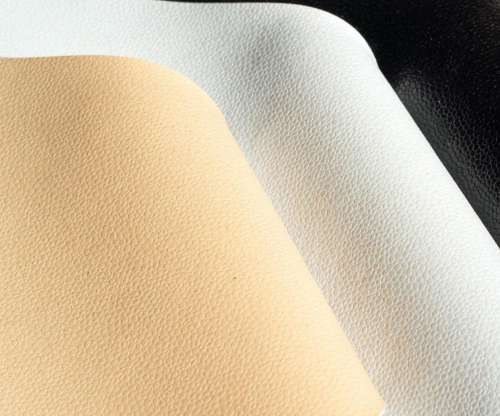

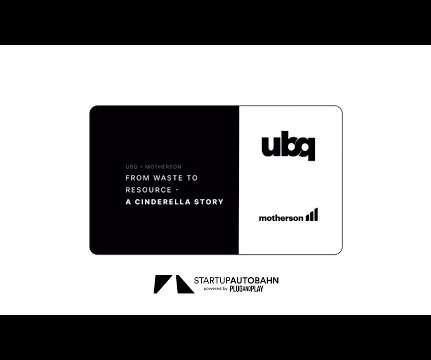

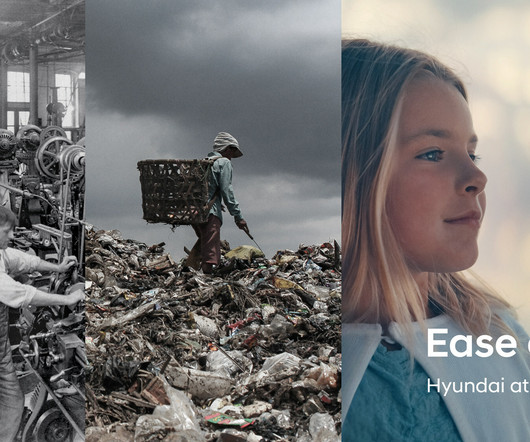


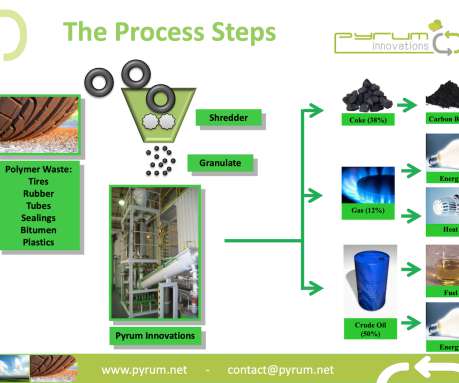
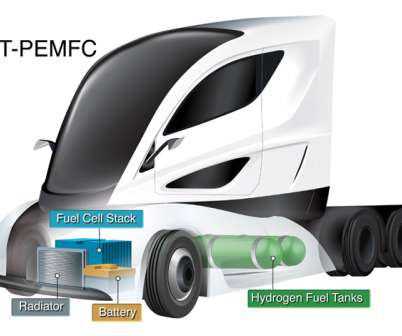









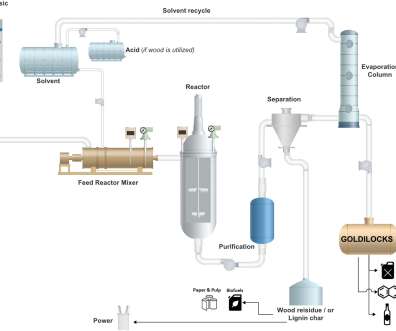










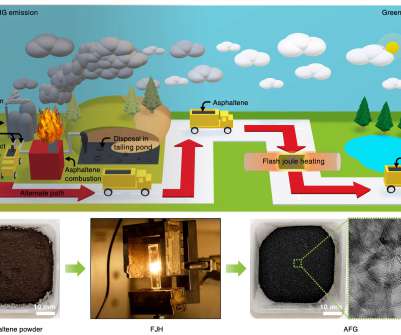












Let's personalize your content